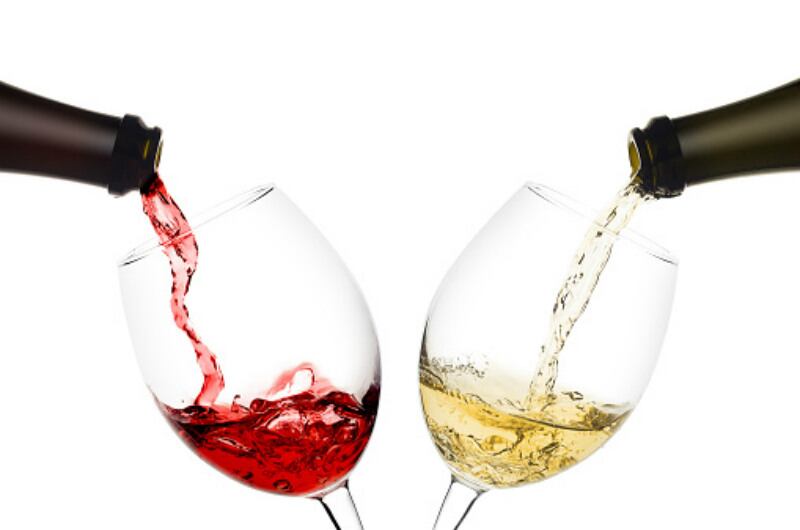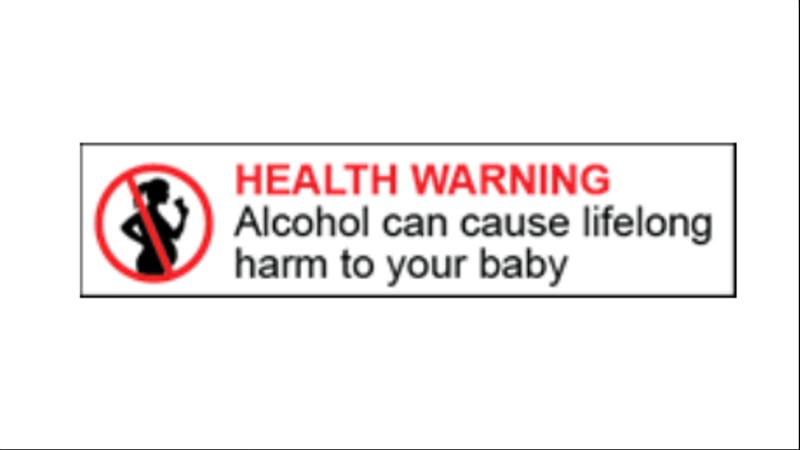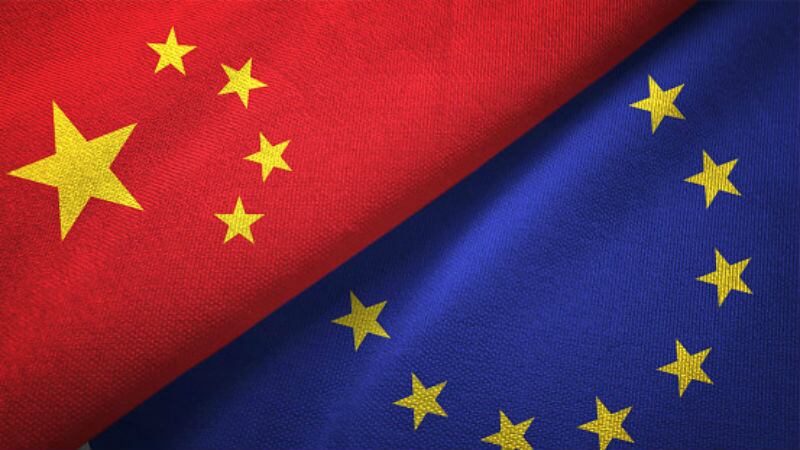China-based Emilie Steckenborn is a certified sommelier and exclusive wine consultant for China Eastern Airlines. She predicts that COVID-19 is unlikely to bring the online wine industry down, based on her years of experience in the country.
“Before the virus hit, there was a definite online wine boom going on in China – overall, individual purchasing by consumers was expected to overtake that in retail, whether it be the bigger e-commerce platforms such as Tmall and JD.com, or smaller individual wine shops such as Cheers Wines,” Steckenborn told FoodNavigator-Asia.
“Online wine purchases stood at around 30% in China, as opposed to 7% in the United States, which is a lot further ahead.”
She attributed this to factors such as better logistics and lower transport costs in China.
“It’s a lot faster to get wine delivered here in China, and a lot cheaper too as there is normally no extra service fee. In the US, there’s normally a US$15 to US$20 shipping fee attached, which means it is almost impossible to buy any cheap wine online – the draw would only be if something was really unique or already very expensive,” she said.
In China, lower transportation and delivery costs enable consumers to purchase lower-end wines online, which not only opens up the market to larger purchase volumes from the average consumer base, but also more experimentation.
“There are definitely also a lot of fake wines online so consumers will still prefer to buy expensive, high-end wines directly from shops, but the lower-end wines are where the online growth lies,” she added.
“Although it’s hard to know exactly what’s going to happen due to the virus, and we don’t have a full picture yet, generally all food in China is being delivered and we expect the same to happen for wine as e-commerce is such an important and useful means of getting any products in the current state.
“We saw a 3% rise in online wine sales in January, possibly because it was also Chinese New Year, but do expect a slight up in the next three to four months due to the virus. Wine shops mostly aren’t open, so e-commerce is likely the most trusted way for consumers to get their wine.
“There will not be any form of gatherings like banquets or meetings where wine is normally consumed, but if people still want to drink at home, the framework of store operations here in China are generally set up to handle this demand so e-commerce can and likely will grow given the current situation.”
Millennial wine drinking
Millennial consumers are also expected to play a key role in China’s e-commerce growth, particularly via social media platforms.
“In second and third tier cities in China, alcohol and wine is usually purchased based on relationships and connections – but this is rarely done by millennials,” said Steckenborn.
“For this consumer demographic, this relationship has very much changed to an online one instead of a personal connection, so the influence of KOLs doing live video streaming on platforms like Weibo and Meituan with links to make purchases is very strong here.”
In addition, millennials crave choice and deeper understanding of products before making purchases, and this is something e-commerce can provide as opposed to traditional wine shops.
“E-commerce can provide rich information about a wine at their fingertips, they can get reviews and descriptions of flavour, origin, storage conditions and so on – even face-to-face retail businesses may not known some of this information,” she added.
Even smaller stores that do not have budgets to hire KOLs have figured out ways to interact with consumers online, for example Cheers Wines does live trainings via video calls where consumers can get a wine delivered to their home then undergo this training to learn more about it.
“This creates a more intimate, personal connection with consumers, which larger stores like TaoBao would not be able to do,” said Steckenborn.
Lessons to learn
Overall, the global wine industry could learn a great deal from China when it comes to marketing and logistics.
“China is definitely setting the pace for e-commerce in general, but for wine the speed of delivery and storage conditions are crucial as delays or poor conditions would affect its quality. So even Cheers Wines in Beijing has set up such that it can deliver anywhere within the city within 19 minutes,” Steckenborn said.
“As for marketing, countries everywhere could learn how to leverage economies of scale through social media to grow wine e-commerce the way it has grown here.”





